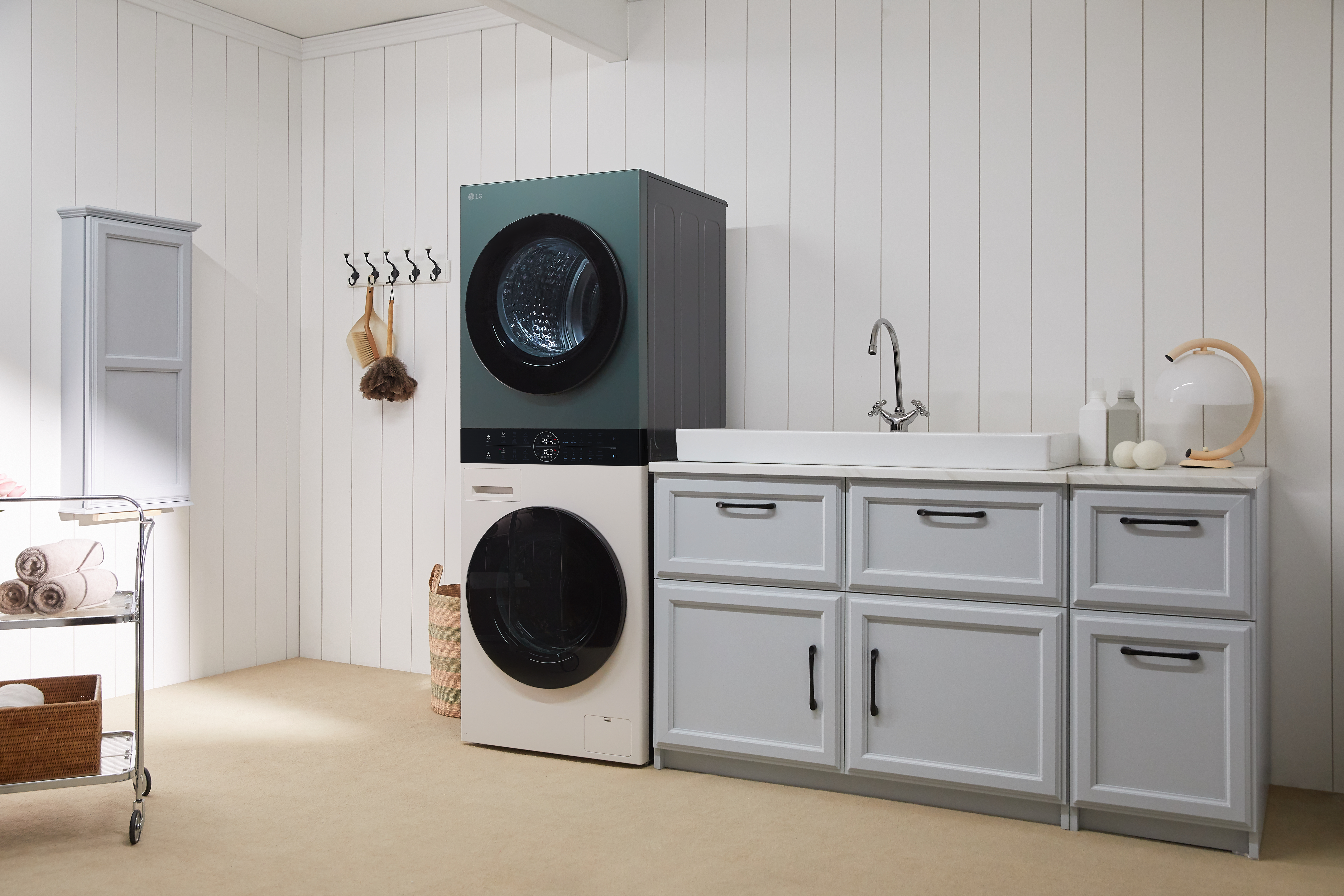Tourism in this crazy place we call home
With over 7,107 islands in this archipelago, it’s no wonder why so many tourists can’t get enough of the Philippines. From sea to summit, to the ground beneath, there are wonders waiting to be discovered (and Instagrammed). Truly, it is more fun in the Philippines and it is worth visiting again and again.
But just how fun is it here, really?
Recently, Tourism Research and Statistics Division (TRSD) of the Department of Tourism (DOT) released an official report on Industry Performance for Travel and Tourism for January 2016. Today, we’ll take a trip to this report, exploring the numbers behind the Philippines’ tourism industry.
542,258
2016 came off to a promising start, recording a total of 542,258 visitors—the largest since 2012. January 2016 received 13.17 percent more tourists compared to January 2015, which had 479,149.
East Asian tourists topped the list as the biggest source of arrivals with 261,919 visitors, followed by visitors from the North American region with 95,125 arrivals.
374,199
As usual, Manila remains to be the number one entry point of more than 69 percent of the visiting population, translating to 374,199 arrivals at the Ninoy Aquino International Airport in January.
In total, 533,007 visitors entered the Philippines through airports located throughout the country.
9,251 tourists came in through seaports.
21.94
Just for the month of January this year, a total of PhP21.94 billion was earned from tourism-related activities, according to the TRSD report. This is slightly lower compared to the earnings from the same period in 2015, which was PhP22.48 billion.
According to Tourism Secretary Ramon R. Jimenez in his speech in September 2015, “The Philippines now makes more money per tourist than most ASEAN countries. Inbound tourism now ranks third among the Philippines’ biggest export items in 2014, overtaking electronic data processing and principal agricultural products.”
4,904
In the TRSD report, it shows that the average daily expenses for each tourist is PhP4,904.10 (roughly US$106.68) with monthly averages reaching a lofty PhP50,561.23 (US$1,099.89). That’s quite a comfortable life by Philippine standards.
10.31
For the month of January 2016, tourists spent an average of 10.31 days in the Philippines, according to the report. Which, when you think about it, is not nearly enough to explore the best that we have to offer. I guess that’s why they keep coming back for more.
6.21
The much-embraced Korean invasion continues in the Philippines with Koreans spending the most—summing up to a handsome PhP6.21 billion (roughly US$135 million).
This puts Korea in the top spot in the list of top spending markets in the Philippines in terms of tourism-related businesses.
Visitors from the US and Japan ranked second and third, spending PhP4.26 billion and PhP1.64 billion, respectively.
50,462.85
Despite Koreans spending the most as a group, Canadians recorded the highest per capita spending during their trips to the Philippines on January, shelling out in PhP56,088.87 (US$1,220.14) monthly.
Our German friends came in second with a monthly per capita spending of PhP53,039.49 (US$1153.80), and followed by Americans with PhP50,462.85 (US$1097.75).
So, just how much more fun is it here in the Philippines?
“It was not just a slogan,” Jimenez said in the same speech in 2015. “It was a mantra that runs so true, so real, that it made the Filipinos themselves the biggest fans of the Philippines. It announced our availability as an exciting destination, but promised only what we were certain we could deliver—a happy atmosphere amid people who did not hesitate to allow foreigners to share their joy.”
USD-PHP exchange rate as of March 31, 2016.
By CHING DEE

That which they deem ‘more fun’
Published on April 3, 2016
This post was last updated on March 26th, 2020 at 03:00 pm








